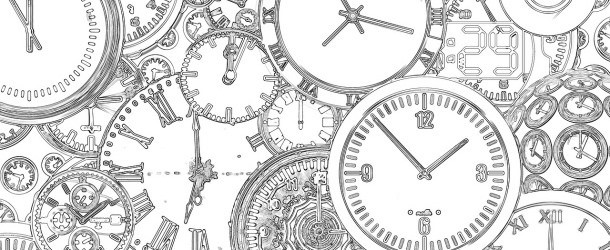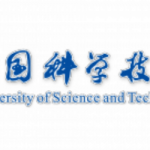Sapphire Clock Could Set Pace for Quantum Computers

(IEEE.Spectrum) The most precise clock yet created was developed by Andre Luiten when he was completing his studies at the University of Western Australia. Luiten’s breakthrough oscillator could set the pace for quantum computers.
It’s built around a small, extremely cold crystal of sapphire Luiten calls the Cryogenic Sapphire Oscillator. It could bolster technologies as varied as military radar and quantum computing. He and his colleagues are working on these applications at the University of Adelaide, also in Australia, where he now serves as director of the Institute for Photonics and Advanced Sensings.
The new clock—also known as the Sapphire Clock—isn’t better than an atomic clock; it’s different. That’s because accuracy and precision are different things: Accuracy is how well a clock can measure a true second, now defined as the time it takes cesium atoms under controlled conditions to oscillate between two energy states exactly 9,192,631,770 times. Since 2013, even more accurate types of atomic clocks have been built.
For some applications, accuracy is less important than precision. Precision has to do not with delineating the perfect second but rather with creating extremely regular ticks, or oscillations.
Luiten needed to find a material that could sustain electromagnetic oscillations for longer than a beam of cesium atoms can. Another way of putting this is that he needed a crystal with a greater spectral purity, one that would respond only to an exceedingly narrow range of frequencies.
That turned out to be sapphire, a crystal of aluminum oxide that can be synthesized in the laboratory. When cooled to –267 °C (6 kelvins) and made to oscillate, the symmetry of this type of crystal causes it to lose less energy than almost any other known material. This characteristic makes sapphire an ideal surface on which to propagate electromagnetic radiation.
Unfortunately, sapphire’s remarkable properties manifest themselves only near absolute zero. Luiten decided to install the sapphire in a cryogenic refrigerator, which uses helium gas to keep the crystal cold and stable. However, the gas arrived in high-pressure pulses that caused the temperature to fluctuate and the sapphire to shake, which degraded its ability to keep time. Luiten’s colleague John Hartnett pioneered methods to reduce the vibrations created by the cooling system, using metal-isolation techniques and a small bath of liquid helium instead of gaseous helium.
The Cryogenic Sapphire Oscillator had finally taken shape, and Hartnett’s work was honored in 2010 with IEEE’s W. G. Cady Award. The next challenge was to bring the Sapphire Clock into the outside world. Luiten and Hartnett spun off the technology into a company called QuantX Labs, which they both now direct.
Quantum computing is an application for the Sapphire Clock because it requires very precise timing.
The Quantum Control Laboratory purchased a Sapphire Clock in 2018 and is using it to create more-robust and stable quantum computers. Preliminary results show that with the use of the Sapphire Clock, the useful lifetime of qubits has been extended by a factor of nine over that of off-the-shelf alternatives.
“The Sapphire Clock gives a pure starting frequency, which we can modulate to implement quantum logic operations that are robust against other sources of error,” explains Michael Biercuk, director of the University of Sydney’s Quantum Control Laboratory and the founder of the startup Q-CTRL. “Combining this system with an atomic [clock] reference can provide not only an absolute frequency measure but also excellent long-term stability over months and years.”



















